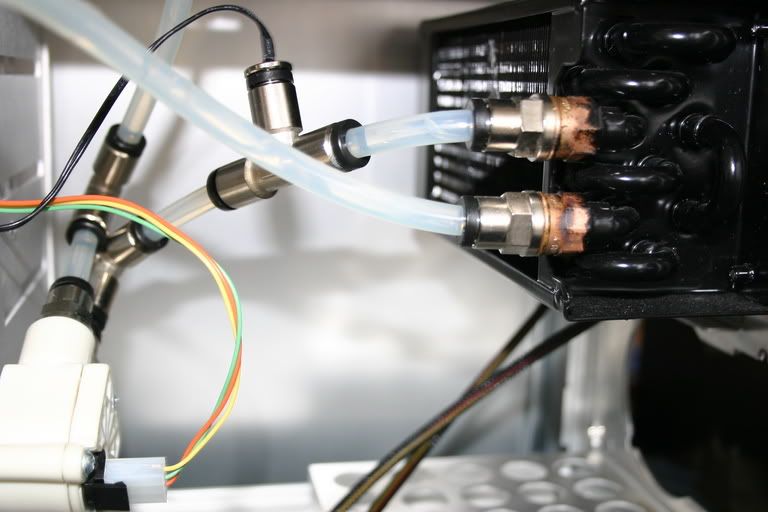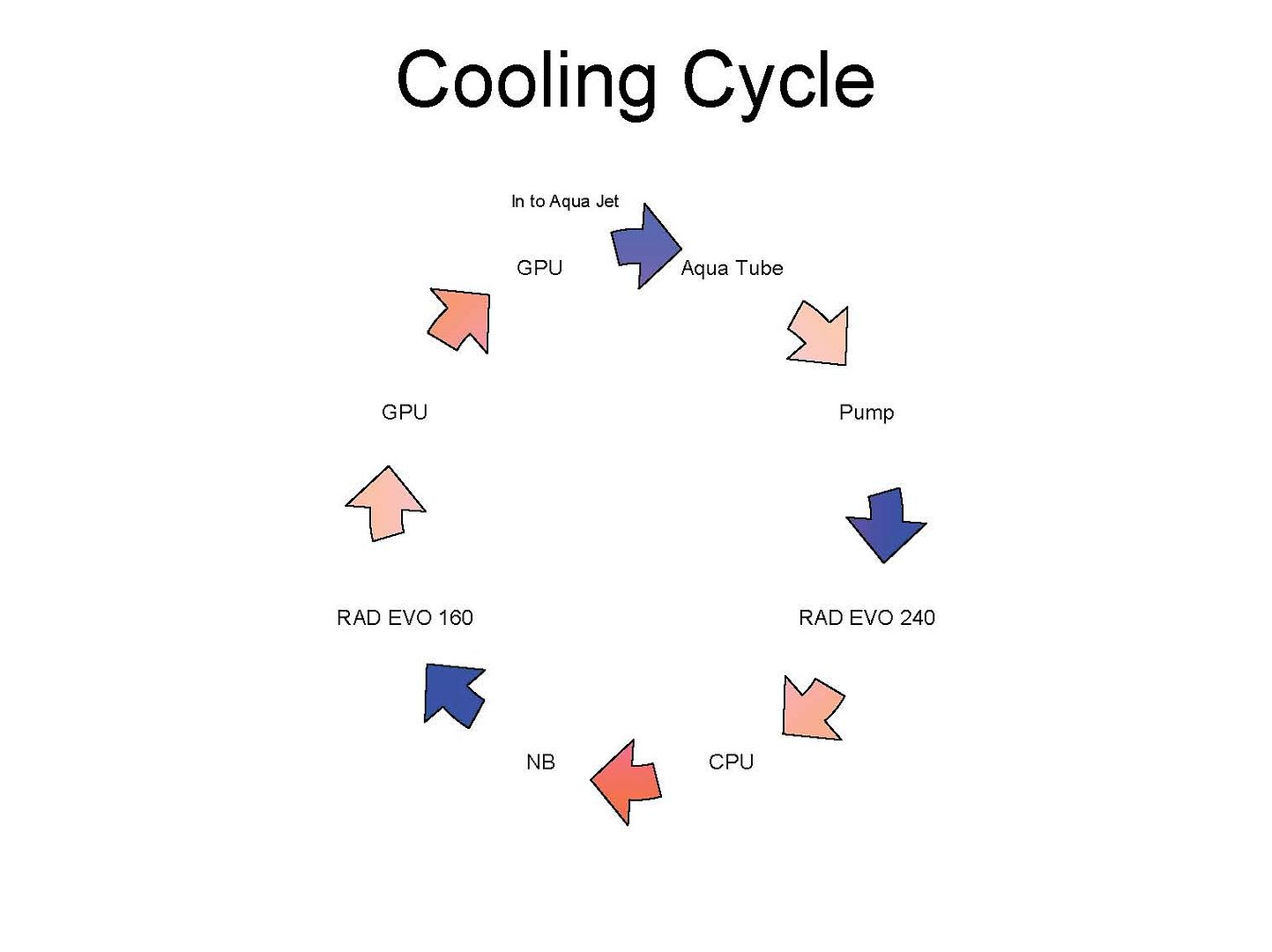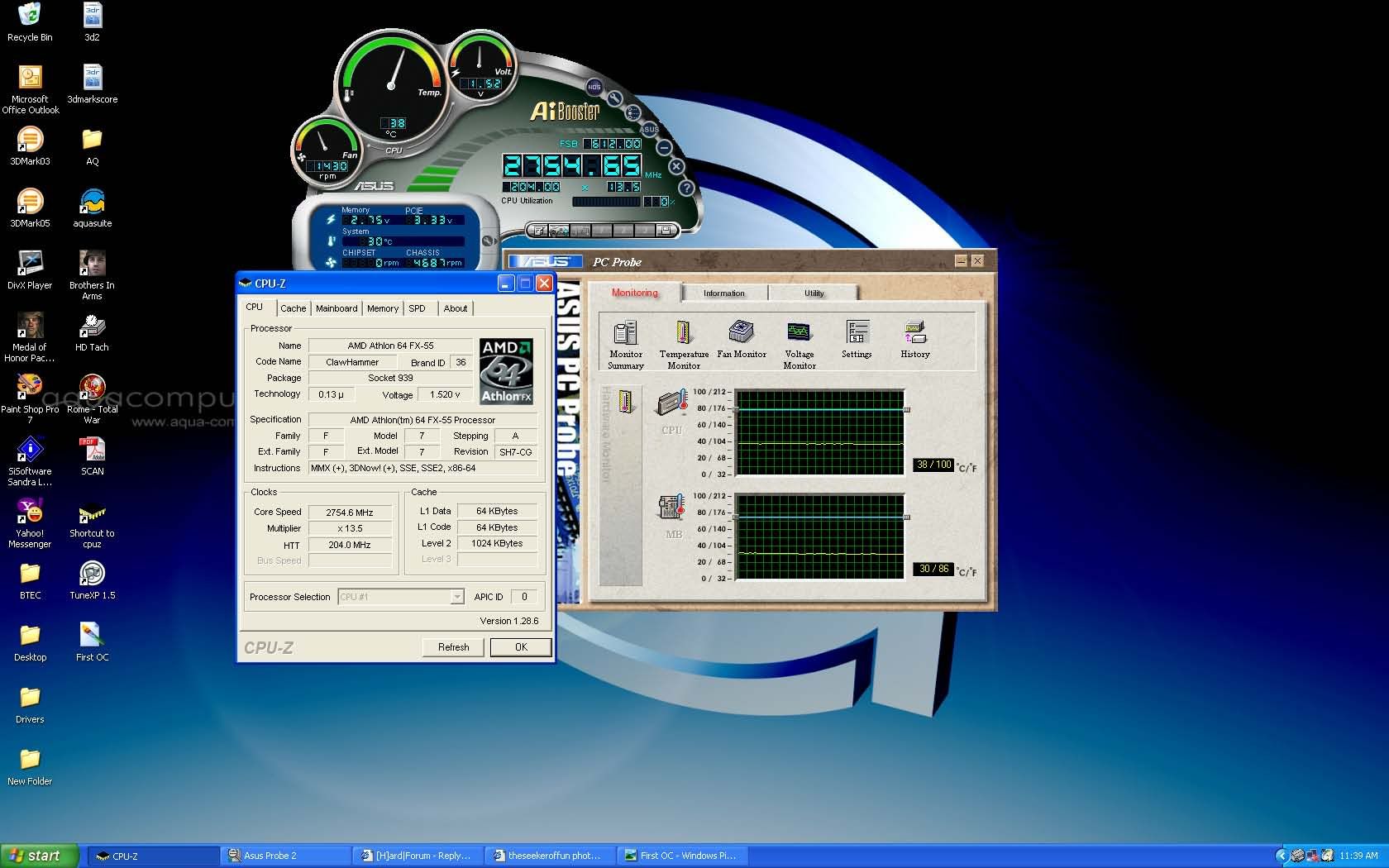BillR said:If you are indeed right then AC, Koolance et al and all the HVAC manufactures in the world can sure save a ton of money by firing all their engineers now cant they?
I think I covered this in an earlier post. I quote:
"Designers usually set a certain goal they wish to meet, at which point the product is brought to market. Modders and the aftermarket crowd can increase performance of said product by modding it beyond original goals of designer."
![[H]ard|Forum](/styles/hardforum/xenforo/logo_dark.png)



